Six Ways To Create Soft Light
(Cinematic Lighting 04)
Summary: Soft light can be some of the most attractive and natural looking light to use as a key light. In this video Ryan shows you six ways to create soft light, what the final results look like, and then he covers issues you’ll run into with each approach.
Length: 8:17 minutes
!! Want to see the whole video? Become a member !!
- If you are already a member, you can log in below.
Introduction
Soft light is a helpful tool to make your talent look their best. But what are the options for creating soft light? What do they look like? And how does it affect production? In this video I’ll answer those questions with six different options.
Option #1: Move Source Closer
As I mentioned in the last video on hard and soft light, it’s the relative size of the light to the subject that determines how soft it is.
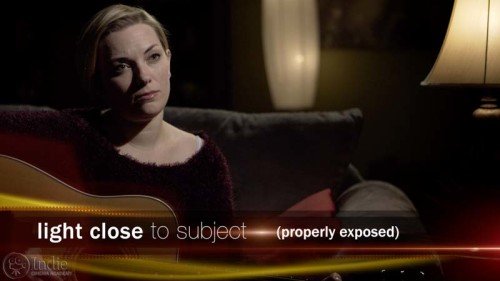
So that means that the quickest and easiest way to make soft light from any light source is to get it close to your subject; just move its position. As you move the light closer, you are increasing the light levels. And that increase may be unbearable to your subject, or it may overexpose your image. If either of those are the case, then you’ll need to scrim the light, or fly a net in front of it.
Although moving the position of the light closer to the subject is the quickest and easiest way to make your light source softer, it doesn’t create the softest light. Fortunately we still have five other options available to us.
..
** Want to read the rest of the transcript? Become a member. **
** Want to see the lighting diagrams? Become a member. **
Camera / Audio
- Sony Alpha a7S Mirrorless Digital Camera
- Canon EF 24-70mm f/2.8L II USM Lens
- Fotodiox Lens Mount Adapter – Canon EOS (EF / EF-s) to Sony E-Mount
- Bright Tangerine Misfit Matte Box
- Tilta FF-T03 15mm Follow Focus with Hard Stops
- Sachtler Panorama 7+7 Head 100mm (similar head: 1006 DV 10 SB Fluid Head)
- Sachtler Carbon Fiber Tripod (similar tripod: Carbon Fiber HD Tripod Legs)
- MYT Works 4′ Medium slider w/ HiHat
- Hollywood Beefy Baby Stand (8.5′) (two, to raise the MYT Works slider)
- Movcam Cage for Sony A7S
- Sekonic L-758Cine DigitalMaster Light Meter
- Sekonic C-700 SpectroMaster Color Meter
- Wood Camera A/B Gold-Mount Plate for Sony A7, A7r and A7s
- Audio Technica AT835b Shotgun Microphone
(similar microphone: Audio Technica BP4071 Shotgun Microphone)
- Wooden Camera DSLR A-Box
- Delkin Devices 64GB SDXC Memory Card 600x UHS-I
- DSC Labs One Shot Reference Chart (Matte Finish)
Behind the Scenes (BTS) Cameras
- GoPro Hero3 Black (similar camera: GoPro HERO4 Black)
- Sony Alpha SLT-A57
- Filmcity DSLR Camera Cage Shoulder Rig kit (FC-03)
Lighting / Grip Gear
- Fill-Lite 200
- 575W HMI Fresnel Light w/ Electronic Ballast (Queenshiny®)
- LED (900) (Bestlight®)
- Cucoloris – 24 x 36″ – Wood
- 24×36″ – Black Double Net
- 1/8 Color Temperature Orange (CTO) Filter (24×198″ Roll)
- 1/2 Color Temperature Orange (CTO) Filter (24×198″ Roll)
- Foam Core Bounce (White)
- Floppy – 48×48″ (1.2×1.2m)
- Matthews Century C Stand Grip Arm Kit – 10.5′ (3.2m)
- PBL Sandbags x4 bags
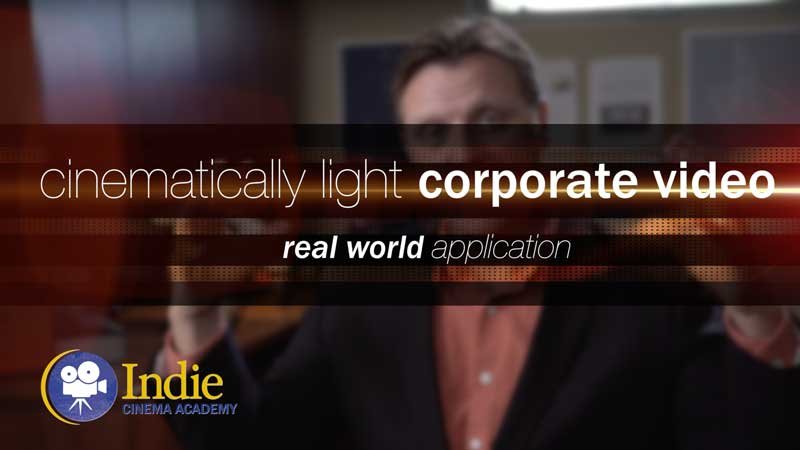 https://indiecinemaacademy.com/wp-content/uploads/2016/01/LC120-CorporateVideo-Thumbnail-Web.jpg
450
800
Ryan E. Walters
https://indiecinemaacademy.com/wp-content/uploads/2013/12/Indie_cinema_Logo_2color-MF-300x116-web.png
Ryan E. Walters2016-01-11 00:15:082016-05-05 11:22:30How to Cinematically Light a Corporate Video (Cinematic Lighting Lesson 20)
https://indiecinemaacademy.com/wp-content/uploads/2016/01/LC120-CorporateVideo-Thumbnail-Web.jpg
450
800
Ryan E. Walters
https://indiecinemaacademy.com/wp-content/uploads/2013/12/Indie_cinema_Logo_2color-MF-300x116-web.png
Ryan E. Walters2016-01-11 00:15:082016-05-05 11:22:30How to Cinematically Light a Corporate Video (Cinematic Lighting Lesson 20)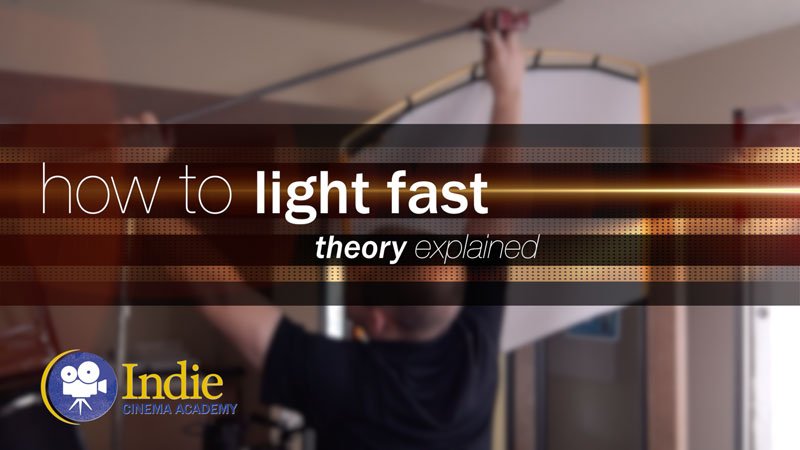 https://indiecinemaacademy.com/wp-content/uploads/2015/12/LC119-LightFast-Thumbnail.jpg
450
800
Ryan E. Walters
https://indiecinemaacademy.com/wp-content/uploads/2013/12/Indie_cinema_Logo_2color-MF-300x116-web.png
Ryan E. Walters2015-12-29 12:38:562016-01-10 21:42:39How To Light Quickly (Cinematic Lighting Lesson 19)
https://indiecinemaacademy.com/wp-content/uploads/2015/12/LC119-LightFast-Thumbnail.jpg
450
800
Ryan E. Walters
https://indiecinemaacademy.com/wp-content/uploads/2013/12/Indie_cinema_Logo_2color-MF-300x116-web.png
Ryan E. Walters2015-12-29 12:38:562016-01-10 21:42:39How To Light Quickly (Cinematic Lighting Lesson 19)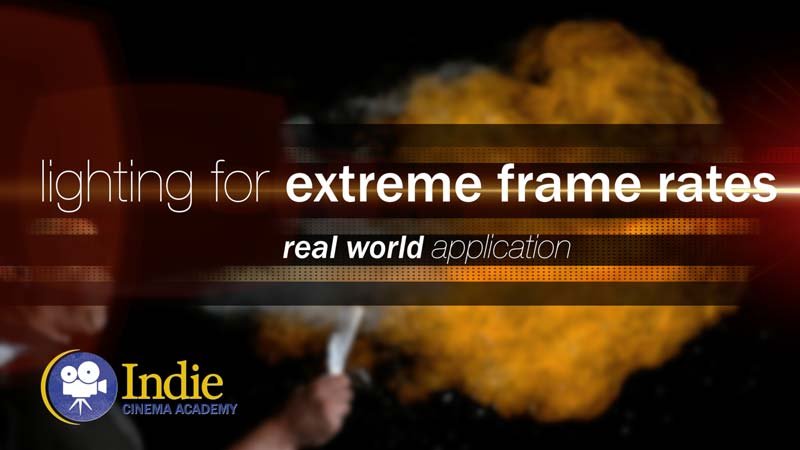 https://indiecinemaacademy.com/wp-content/uploads/2015/09/LC121_LightingHighSpeed-Thumbnail-Web.jpg
450
800
Ryan E. Walters
https://indiecinemaacademy.com/wp-content/uploads/2013/12/Indie_cinema_Logo_2color-MF-300x116-web.png
Ryan E. Walters2015-09-21 00:15:372016-01-10 21:42:57Lighting For Extreme Frame Rates (Cinematic Lighting Lesson 21)
https://indiecinemaacademy.com/wp-content/uploads/2015/09/LC121_LightingHighSpeed-Thumbnail-Web.jpg
450
800
Ryan E. Walters
https://indiecinemaacademy.com/wp-content/uploads/2013/12/Indie_cinema_Logo_2color-MF-300x116-web.png
Ryan E. Walters2015-09-21 00:15:372016-01-10 21:42:57Lighting For Extreme Frame Rates (Cinematic Lighting Lesson 21)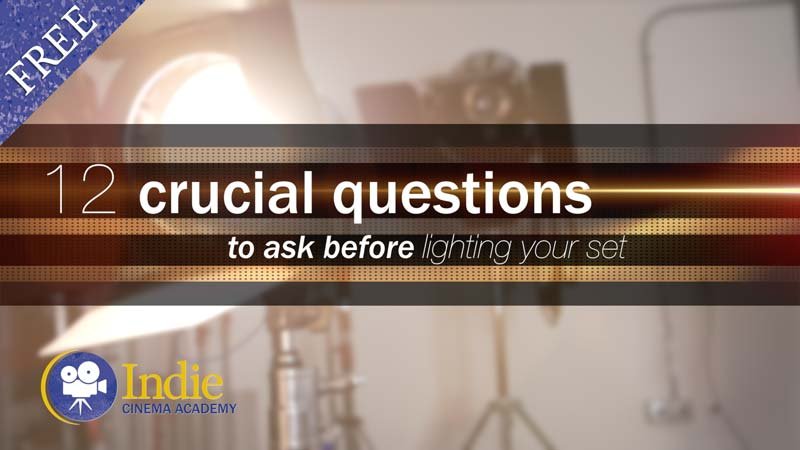 https://indiecinemaacademy.com/wp-content/uploads/2015/09/LC115_12Questions-Thumbnail-Free-Web.jpg
450
800
Ryan E. Walters
https://indiecinemaacademy.com/wp-content/uploads/2013/12/Indie_cinema_Logo_2color-MF-300x116-web.png
Ryan E. Walters2015-09-07 00:30:532015-10-30 19:06:3612 Crucial Questions To Ask Before You Light Your Set (Cinematic Lighting Lesson 15)
https://indiecinemaacademy.com/wp-content/uploads/2015/09/LC115_12Questions-Thumbnail-Free-Web.jpg
450
800
Ryan E. Walters
https://indiecinemaacademy.com/wp-content/uploads/2013/12/Indie_cinema_Logo_2color-MF-300x116-web.png
Ryan E. Walters2015-09-07 00:30:532015-10-30 19:06:3612 Crucial Questions To Ask Before You Light Your Set (Cinematic Lighting Lesson 15)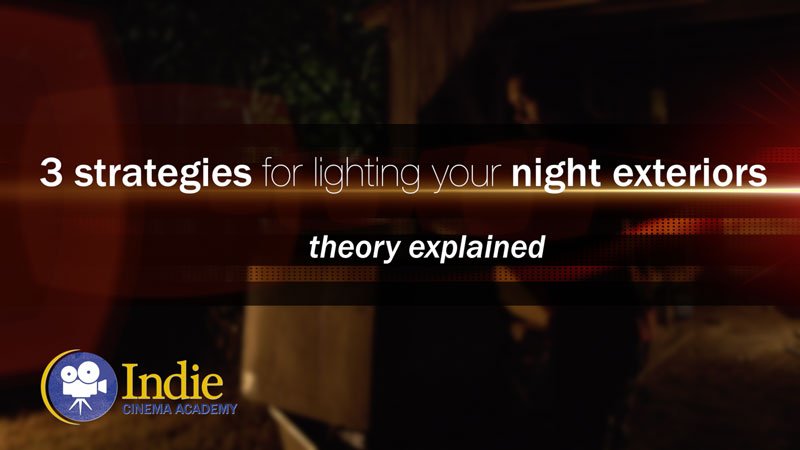 https://indiecinemaacademy.com/wp-content/uploads/2015/08/LC114-3StrLightingNghtExt-Thumbnail.jpg
450
800
Ryan E. Walters
https://indiecinemaacademy.com/wp-content/uploads/2013/12/Indie_cinema_Logo_2color-MF-300x116-web.png
Ryan E. Walters2015-08-24 00:30:112015-10-30 18:55:173 Strategies for Lighting Your Night Exteriors (Cinematic Lighting Lesson 14)
https://indiecinemaacademy.com/wp-content/uploads/2015/08/LC114-3StrLightingNghtExt-Thumbnail.jpg
450
800
Ryan E. Walters
https://indiecinemaacademy.com/wp-content/uploads/2013/12/Indie_cinema_Logo_2color-MF-300x116-web.png
Ryan E. Walters2015-08-24 00:30:112015-10-30 18:55:173 Strategies for Lighting Your Night Exteriors (Cinematic Lighting Lesson 14)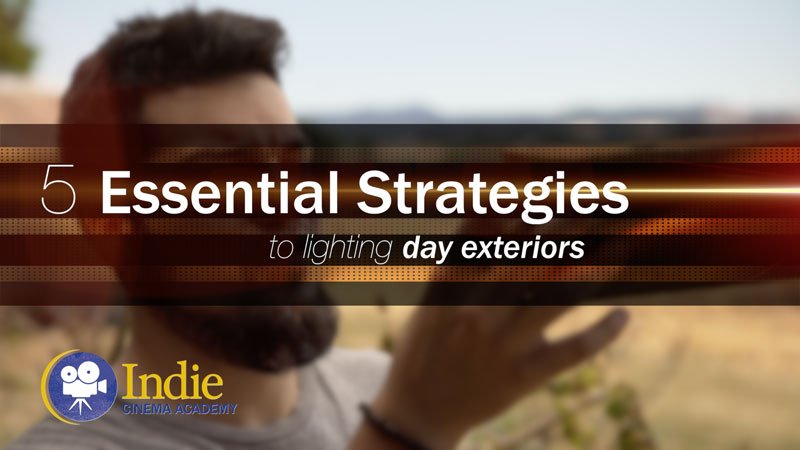 https://indiecinemaacademy.com/wp-content/uploads/2015/08/LC112_5SratDayExt-Thumbnail-800x450-jpg-web.jpeg
450
800
Ryan E. Walters
https://indiecinemaacademy.com/wp-content/uploads/2013/12/Indie_cinema_Logo_2color-MF-300x116-web.png
Ryan E. Walters2015-08-10 00:15:422015-10-30 18:54:545 Essential Strategies To Lighting Day Exteriors (Cinematic Lighting Lesson 12)
https://indiecinemaacademy.com/wp-content/uploads/2015/08/LC112_5SratDayExt-Thumbnail-800x450-jpg-web.jpeg
450
800
Ryan E. Walters
https://indiecinemaacademy.com/wp-content/uploads/2013/12/Indie_cinema_Logo_2color-MF-300x116-web.png
Ryan E. Walters2015-08-10 00:15:422015-10-30 18:54:545 Essential Strategies To Lighting Day Exteriors (Cinematic Lighting Lesson 12)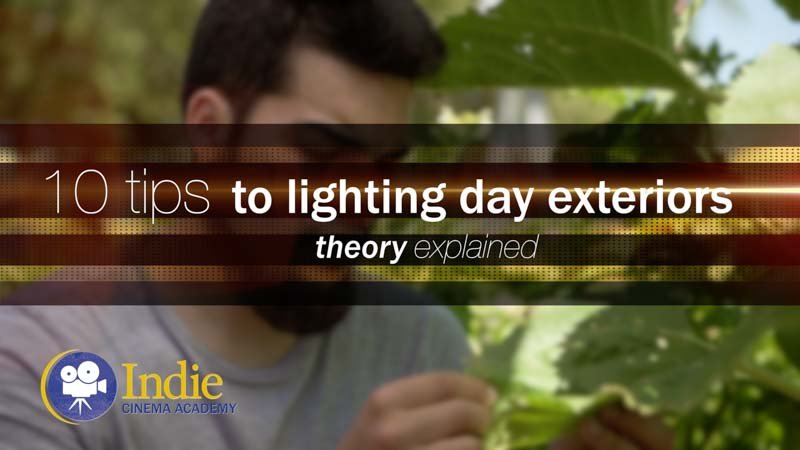 https://indiecinemaacademy.com/wp-content/uploads/2015/07/LC113-10TricksDayExt-Thumbnail-800x450-web-.jpg
450
800
Ryan E. Walters
https://indiecinemaacademy.com/wp-content/uploads/2013/12/Indie_cinema_Logo_2color-MF-300x116-web.png
Ryan E. Walters2015-07-27 00:15:252015-10-30 18:55:0310 Tips To Lighting Day Exteriors (Cinematic Lighting Lesson 13)
https://indiecinemaacademy.com/wp-content/uploads/2015/07/LC113-10TricksDayExt-Thumbnail-800x450-web-.jpg
450
800
Ryan E. Walters
https://indiecinemaacademy.com/wp-content/uploads/2013/12/Indie_cinema_Logo_2color-MF-300x116-web.png
Ryan E. Walters2015-07-27 00:15:252015-10-30 18:55:0310 Tips To Lighting Day Exteriors (Cinematic Lighting Lesson 13)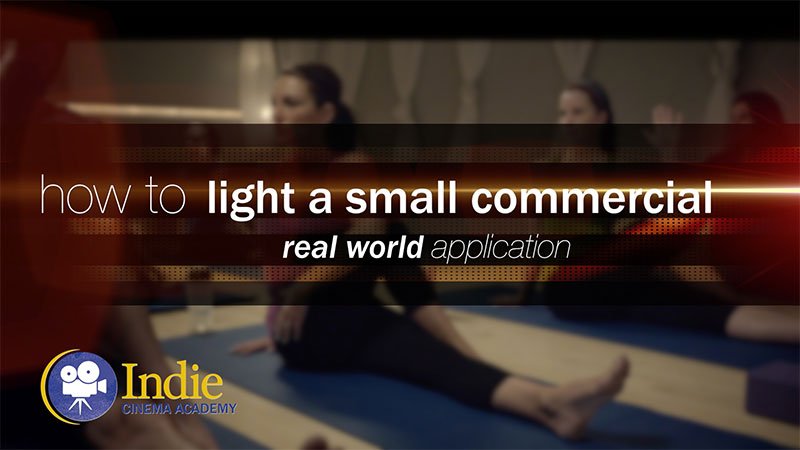 https://indiecinemaacademy.com/wp-content/uploads/2015/07/LC123_SmallCommercial-thumbnail-800X450.jpg
450
800
Ryan E. Walters
https://indiecinemaacademy.com/wp-content/uploads/2013/12/Indie_cinema_Logo_2color-MF-300x116-web.png
Ryan E. Walters2015-07-13 14:24:582015-10-30 19:19:44How To Light A Small Commercial (Cinematic Lighting Lesson 23)
https://indiecinemaacademy.com/wp-content/uploads/2015/07/LC123_SmallCommercial-thumbnail-800X450.jpg
450
800
Ryan E. Walters
https://indiecinemaacademy.com/wp-content/uploads/2013/12/Indie_cinema_Logo_2color-MF-300x116-web.png
Ryan E. Walters2015-07-13 14:24:582015-10-30 19:19:44How To Light A Small Commercial (Cinematic Lighting Lesson 23)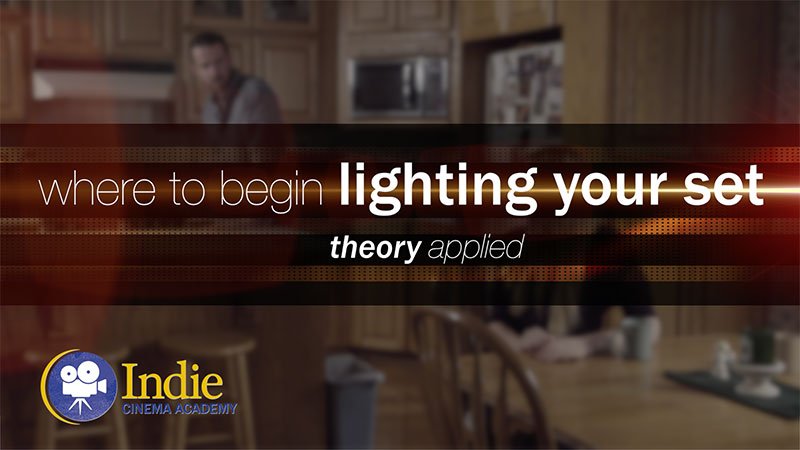 https://indiecinemaacademy.com/wp-content/uploads/2015/06/LC118-WhereToBeginLighting-featured.jpg
450
800
Ryan E. Walters
https://indiecinemaacademy.com/wp-content/uploads/2013/12/Indie_cinema_Logo_2color-MF-300x116-web.png
Ryan E. Walters2015-06-29 00:30:302015-12-29 12:43:40Where To Begin Lighting Your Set (Cinematic Lighting Lesson 18)
https://indiecinemaacademy.com/wp-content/uploads/2015/06/LC118-WhereToBeginLighting-featured.jpg
450
800
Ryan E. Walters
https://indiecinemaacademy.com/wp-content/uploads/2013/12/Indie_cinema_Logo_2color-MF-300x116-web.png
Ryan E. Walters2015-06-29 00:30:302015-12-29 12:43:40Where To Begin Lighting Your Set (Cinematic Lighting Lesson 18)Leave a Reply
Want to join the discussion?Feel free to contribute!
Leave a Reply Cancel reply
You must be logged in to post a comment.
This site uses Akismet to reduce spam. Learn how your comment data is processed.

Chimeras are also an option for soft light!
Soft has a frame with the same diffusion value, and you don’t lost light that is reflected backwards!
Yep for sure. 🙂 That is another great choice / tool to use. 🙂
Yeah, we’ve been recently experimanting with book light and we realy found it awesome to use. Whenever there is a space and time – definitly an recommendation 😀
Awesome! I love that light. Right now I’m trying to figure out if there is a way to create that same look using a different approach that doesn’t take up so much room, and time to control. (I’m hopeful that LED technology might provide a solution in the near future…) In the mean time I keep experimenting… 🙂
Have you ever had much luck using the ‘book light’ type method outside? Bouncing the sun through a diffusion grid? Bouncing direct sunlight is often harsh and uncomfortable for the talent, so I’ve been trying to keep that method in mind when shooting outside with a crew.
Yep- using a book light outside is a great technique to use to do exactly what you are talking about. 🙂 In fact, we have a whole lesson coming up that shows how to light outside, and using a book light is one of the things we’ll be showing. 🙂
The most important thing with using a book light outside, is that you have to continually adjust it as the sun moves- so having that extra crew there to keep an eye on it is a must- like you said. 🙂
Hi Ryan. I’ve watched this video a dozen and learn something new every time– such great info! I have a question, maybe a stupid one… Is there such a thing as a “backwards” book light? Can you diffuse first and then bounce? I guess my idea would be to go through diffusion clipped to the barn doors and then bounce that light off of a bead board. Mixing the “Diffusion on Lamp” and “Muslin Cloth Bounce” set ups. I’m sure there would be a different result than the actual book light set up, but it take up a lot less space.
Your thoughts?
Thanks- I’m glad it continues to be helpful to you- that’s my goal with all of these videos. 🙂
There are no stupid question here- just stupid answers- so I’ll do my best to no give stupid answers. 😉
You are correct- you can do exactly what you just talked about to create a soft source that doesn’t take up a lot of space. The main difference between what you are doing and what a book light does, is that a book light will be softer. That is because when the light bounces off of the board, the board becomes the source- a large soft source, and then you diffuse that, making it even softer. With your approach (which is a good one if you like the look and want something that is smaller and easier to setup), the diffusion becomes the source, which is softer then the lamp itself, but since it is smaller then the larger bounce of the book light, it will be a little harder than the book light.
Hope that helps. 🙂
Who sells diffusion frames in the UK? I found some on the web but they wanted $300 for delivery.
That is a great question, unfortunately I don’t know… I buy all my stuff through US distributors… maybe someone else knows… $300 for delivery seems steep… Have you looked into CVP? (I haven’t checked them out for lighting gear, but I have bought some a7s accessories from them…)
Here is a post I did on how to build your own, maybe that would be a cheaper alternative? http://www.ryanewalters.com/Blog/blog.php?id=3751543960123603911
(UPDATE March 11, 2019): here is a temporary link since we’ve run into some coding issues on the blog portion of the RyanEWalters website: https://ryanewalters.blogspot.com/2012/06/lighting-alchemy-building-4×4-quick.html
Yes, I have used CVP as my main supplier along with WEX Photographic. I found a better frame on the internet which is less for postage, probably because it fits in a smaller box. I shall look at the link too. If it is easy I may have a crack a building one. I think buying one is probably best for me. I have some Dedolights from CVP, one DLH1 with a medium soft box with egg crate and two DLH4s and a Gobo projector too.
Awesome! Glad to hear it. 🙂 My preference is to always buy the gear rather then make it myself. But I’m not opposed to making something when funds are tight, or when what I need doesn’t exist on the market already. 🙂
Hi, new to this site and have really enjoyed the tutorials so far!
If I’m not mistaken, I think the link above is broken now. I tried to find it in the “articles” section, but I wasn’t able to. Any chance you could re-link it for us?
We did some modifications yesterday to the RyanEWalters website, which appears to have broken the blog section. Here is a link to the article Ryan referenced. https://ryanewalters.blogspot.com/2012/06/lighting-alchemy-building-4×4-quick.html
Thanks!
Are the diffusion frames suitable for flags as well?
Yes they are. Check out our video on negative fill and you’ll see us using flags on the frames. Really you can put whatever you want on the frames- we’ve clamped foliage to them to get a dappled look. (See our video on shooting in day exteriors.)
Hope that helps!
Yes, it does. Thank you.
What are the frames called in this video? I didn’t spot them listed in the gear section.
Those frames aren’t listed because Ryan built them years ago. Here is a video tutorial on how to build them: http://www.ryanewalters.com/Blog/blog.php?id=3751543960123603911
Parts:
Elbows: http://www.ebay.com/itm/8020-Quick-Frame-2-Way-Corner-Connector-Black-9220-N-/330343530554
Ears: http://www.filmandvideolighting.com/1sqtuflfleam.html
1″ Tubing: Hardware store such as Home Depot: http://www.homedepot.com/p/Crown-Bolt-1-in-x-96-in-Aluminum-Square-Tube-with-1-20-in-Thick-56920/100337876
If you want to buy one, this one is the closest portable frame I could find although it doesn’t use square tubing: RoadFlags II Frame (48 x 48″)
Are you using a Queenshiny 575 HMI light in option 3?
No, that is a Film Gear 650W tungsten fresnel. http://www.adorama.com/fg605706.html It looks like our gear list mislabeled this.
Does the Film Gear light you refer to to dim?
Hi and THANK YOU for that great pice of information!
I´m using LED light a lot. Are the any softball covers for LED lights available wich you are aware of?
I hope my question fits here.
Many LEDs brands sell diffusion that fits their specific lights. However, for diffusion to work best it has to be a bit away from the light. Any easy, self-contained way to do this is with a softbox, which are often used by photographers. I just looked on Amazon for various softboxes for LEDs, and there is a bit of selection. Chimera is a reliable brand that makes a lot of softboxes, although they tend cost the most of all softboxes since their reputation and quality are so high.
Film sets often require a lot more flexibility than photography sets, so softboxes are only really seen with on-location sit-down interviews, such as for the news or documentaries.
I have some round 5-in-1 reflector screen kits. I’m sure you know what I’m talking about. They are about three feet in diameter. Inside is a round netting thing. I wonder if that would make a good diffusor for a led, or what it cut down to much light?
Netting is only for cutting down light and doesn’t act as a diffuser. A diffuser needs to spread the light out. Often this is done by having the fixture light up the diffuser, and then the diffuser acts like a “light.” Unless your reflector kit has a translucent fabric in it, most likely you just have nets, reflectors (white, gold, and silver), and flags (black). Or does your kit have a different assortment?
After some investigating, it says that the diffusor in these round 5-1 reflector kit is a one stop diffusor.
Good, so your kit does come with a diffuser. As you dial everything in, your next option is to buy/make a frame and get various silks that fit the frame. There are lots of silk option that have different amounts of stop, spread, and color. Lee has a comparison page where you can see how each affects the image: http://www.leefilters.com/lighting/diffusion-list.html
You could also include a bed sheet or muslin bounce clipped to a wall, ceiling to maintain CT in a bounce situation.
Yes, that would be a great solution especially when working with walls that aren’t white. (Wow that’s a lot of “W’s”!!!)